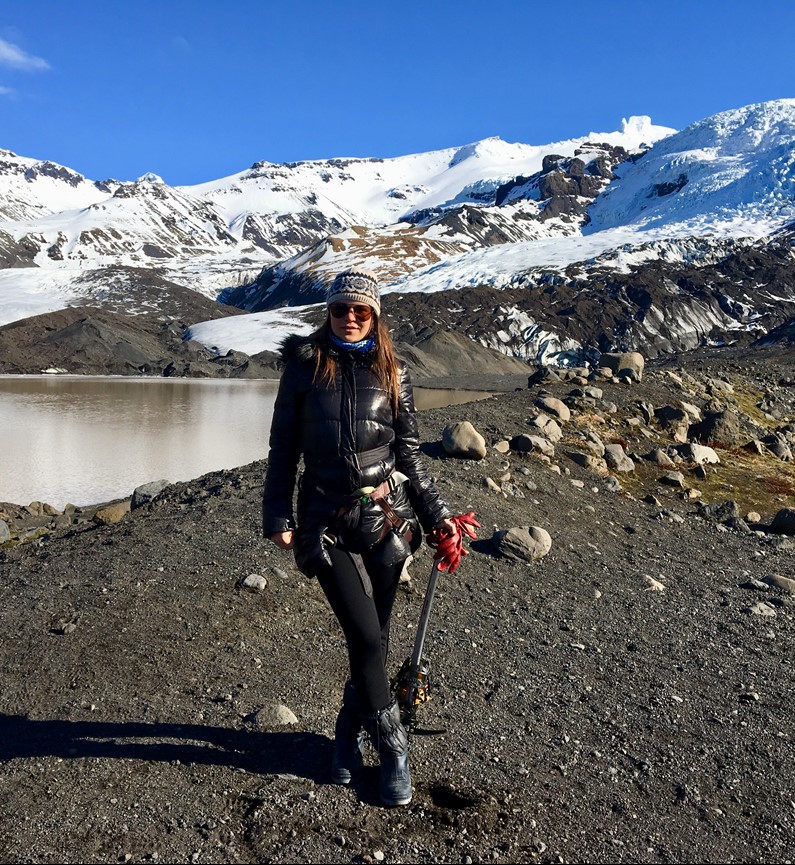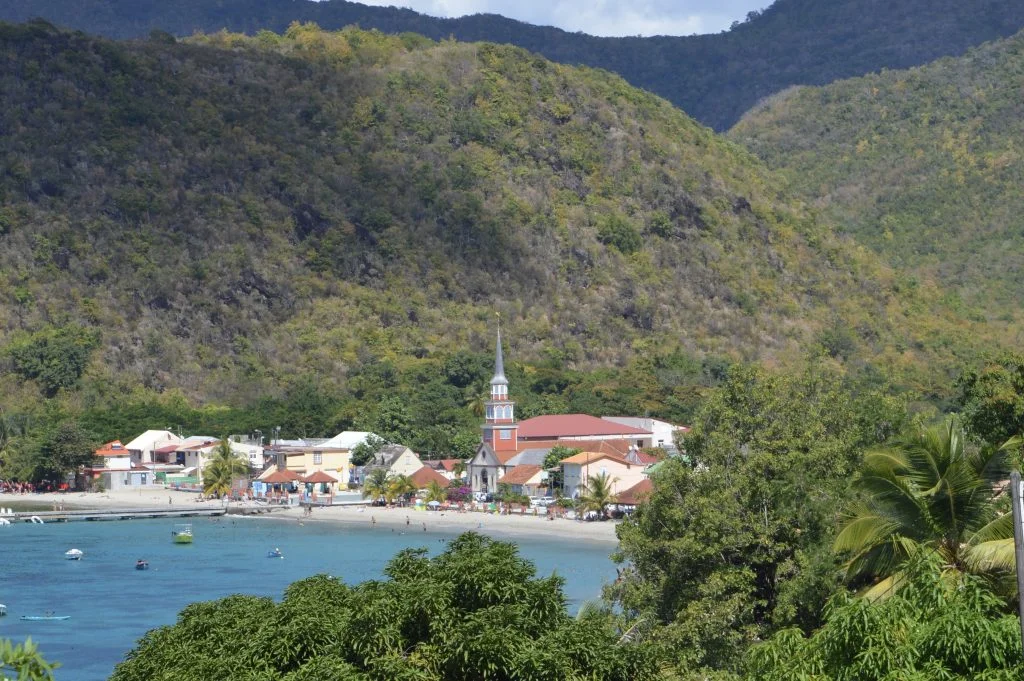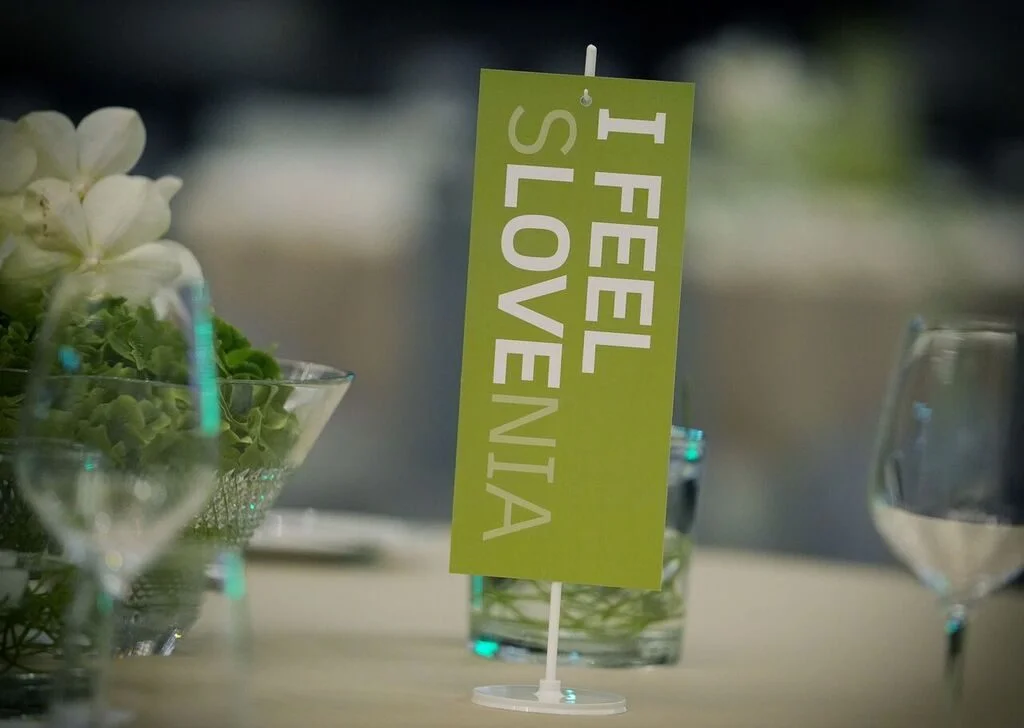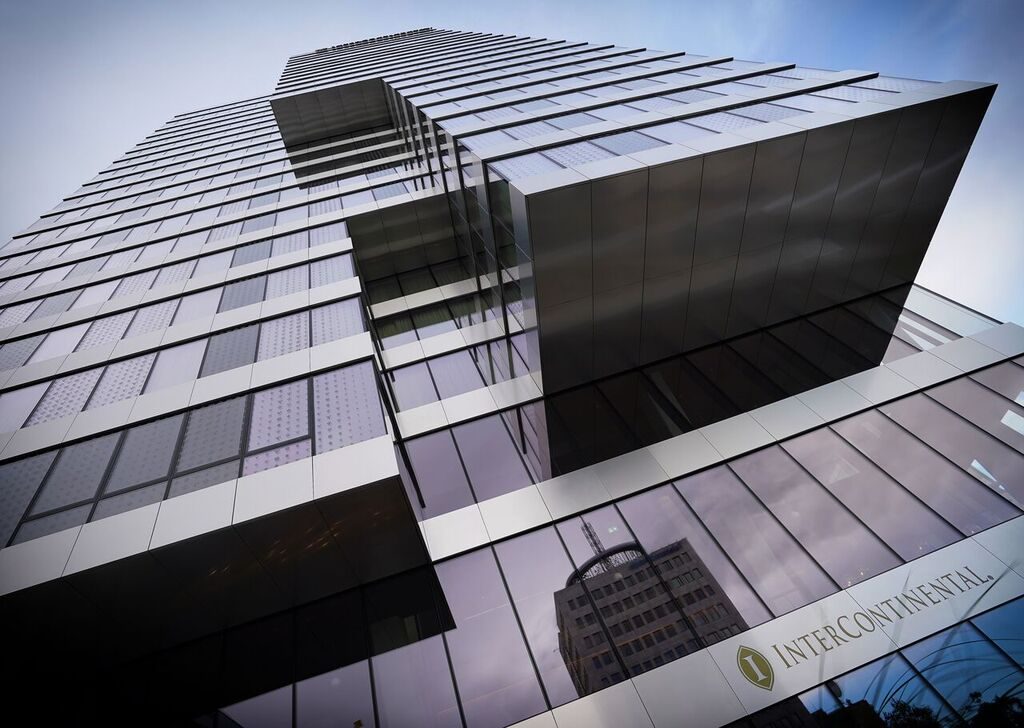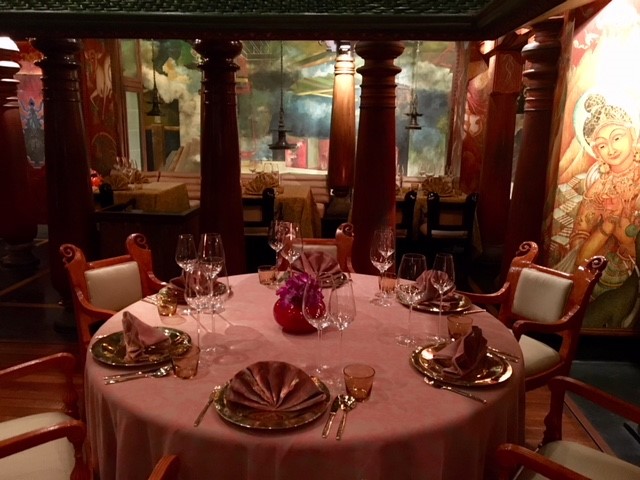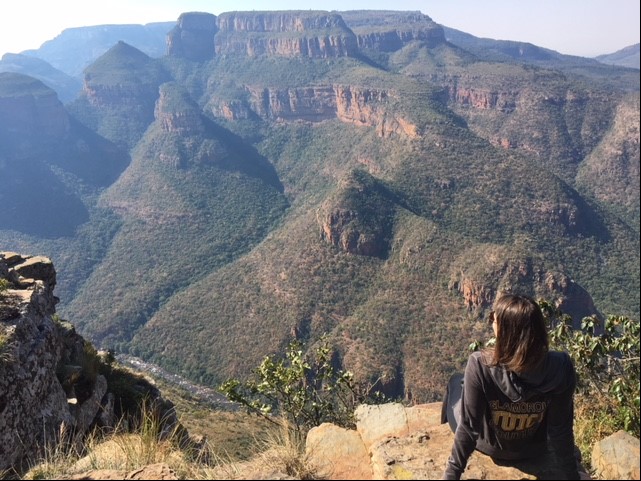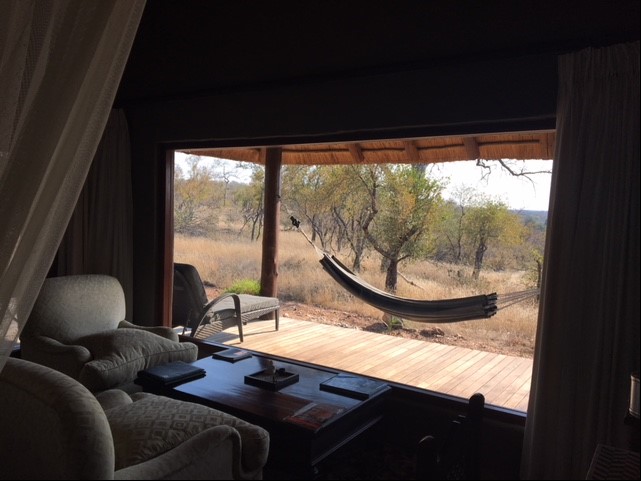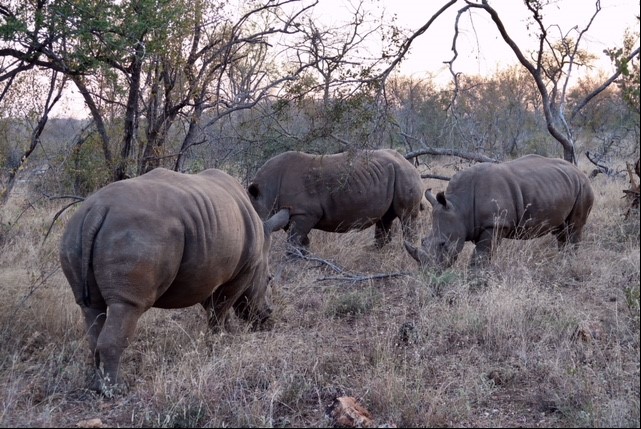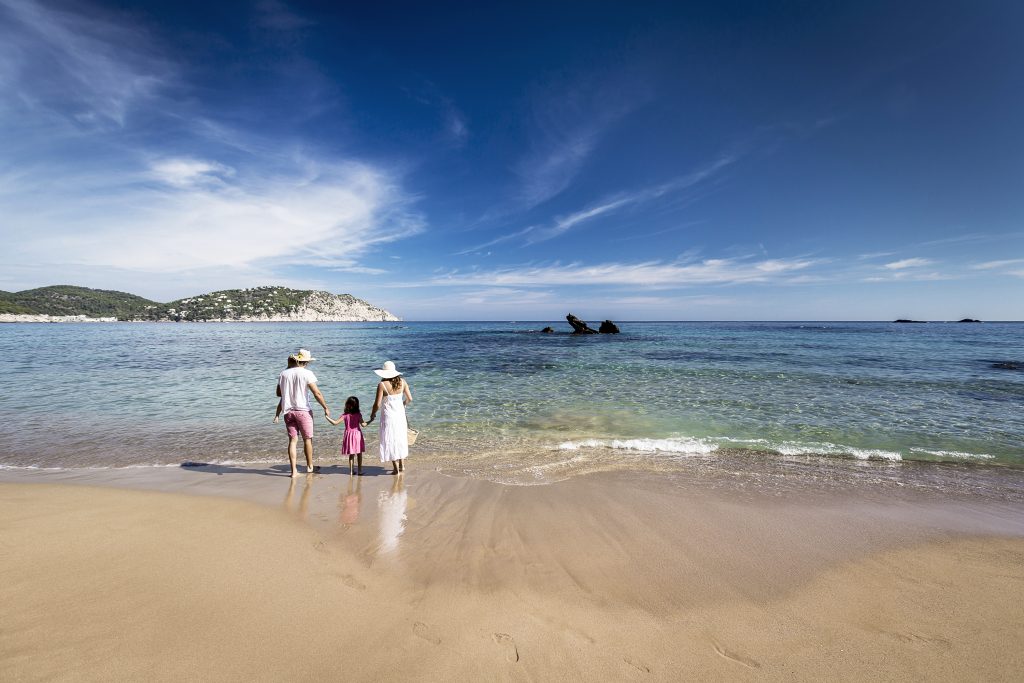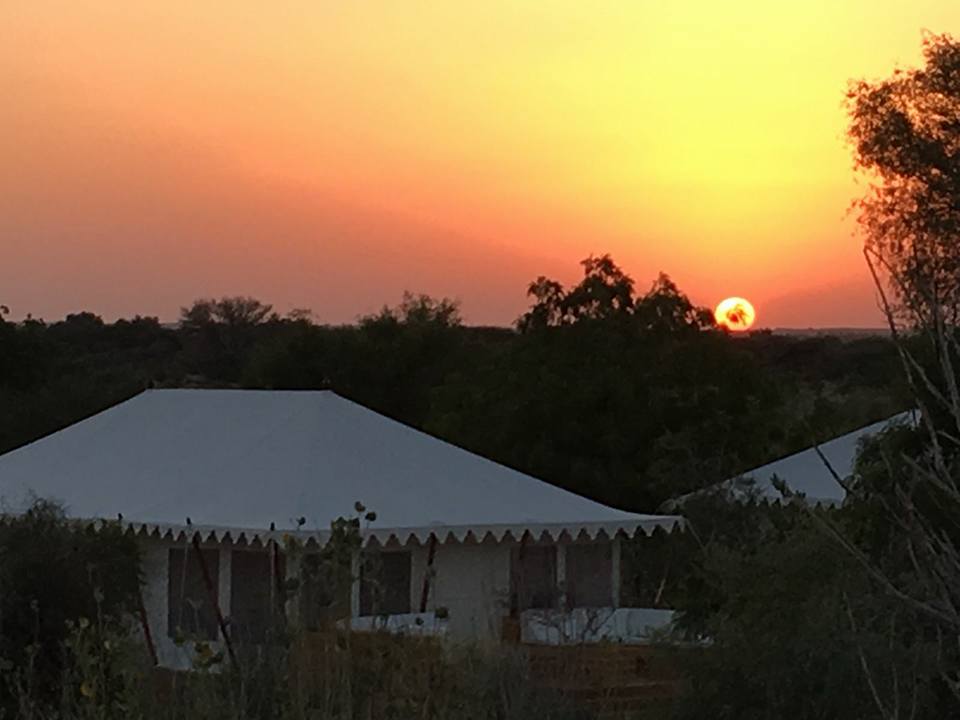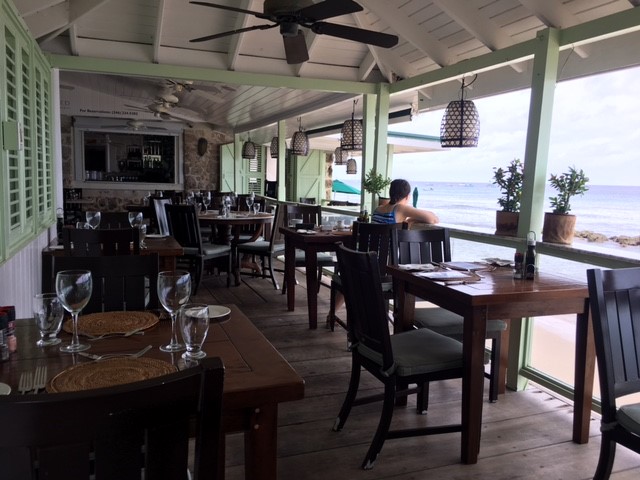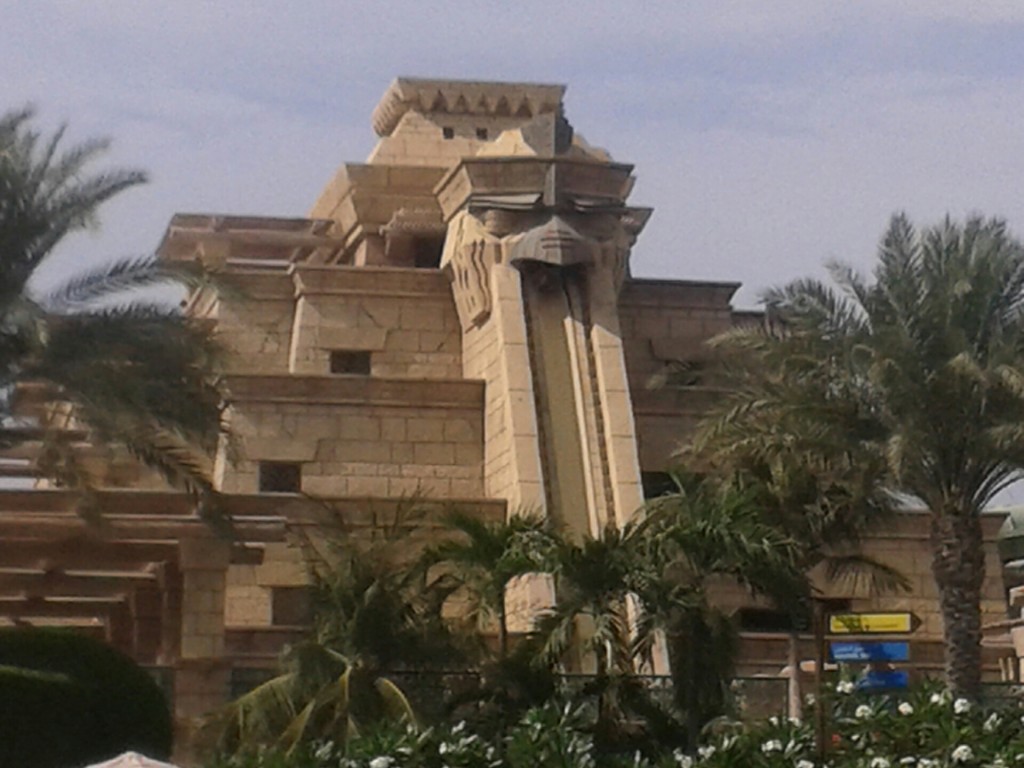Galapagos Conservation Trust (GCT) is the only UK charity focussed solely on the conservation of one of the most unique and ecologically important, but vulnerable, areas in the world. With over 20 years of experience, they partner with Ecuadorian authorities, NGOs, local communities and leading researchers to support impactful science, conservation and education programmes across the Archipelago. The Galapagos Islands is a volcanic archipelago in the Pacific Ocean. It's considered one of the world's foremost destinations for wildlife-viewing. The incredible diversity of wildlife found in Galapagos is what makes this volcanic archipelago so very special. The Islands are situated at the meeting point of several large oceanic currents, giving them a truly unique array of habitats and an eclectic mix of wildlife.
Further to our partnership with GCT, we’re now helping in recommending this absolutely unique, edifying cruise trip. In June 2020, there will be running a bespoke Galapagos Conservation Trust (GCT) cruise, offering you the perfect way to see the Archipelago in a comfortable, intimate and sustainable manner, with a group of only 15 people.
Accompanied by a GCT staff member throughout the trip, you will have exclusive opportunities to visit projects funded and delivered by GCT. You will also meet passionate conservationists working on the Islands. What’s more, you can travel in the knowledge that your trip will be directly supporting the conservation and sustainability of the Archipelago.
Watch giant tortoises in the wild and meet the scientists working to protect them.
Swim and snorkel with beautiful reef fish, turtles, rays and endangered Galapagos penguins.
Breathtaking encounters with pink flamingos, blue-footed boobies, waved albatross, pelicans, sea lions, finches, terns and more.
Visit a world-leading restoration project on Floreana island. You will meet scientists working to restore the island and reintroduce locally extinct species, and of course calling at Floreana’s famous Post Office Bay.
Be thoroughly spoilt, with delicious food and attentive staff on board Beluga, a ‘Superior First Class’ motor yacht owned by Enchanted Expeditions, a respected Galapagos company.
Meet with conservationists working to protect Galapagos marine life, including endangered sharks and the magnificent whale shark.
Explore the historical city of Quito.
For pricing and detailed itineraries, you can simply get in touch and we’ll send you the complete guide.






















































